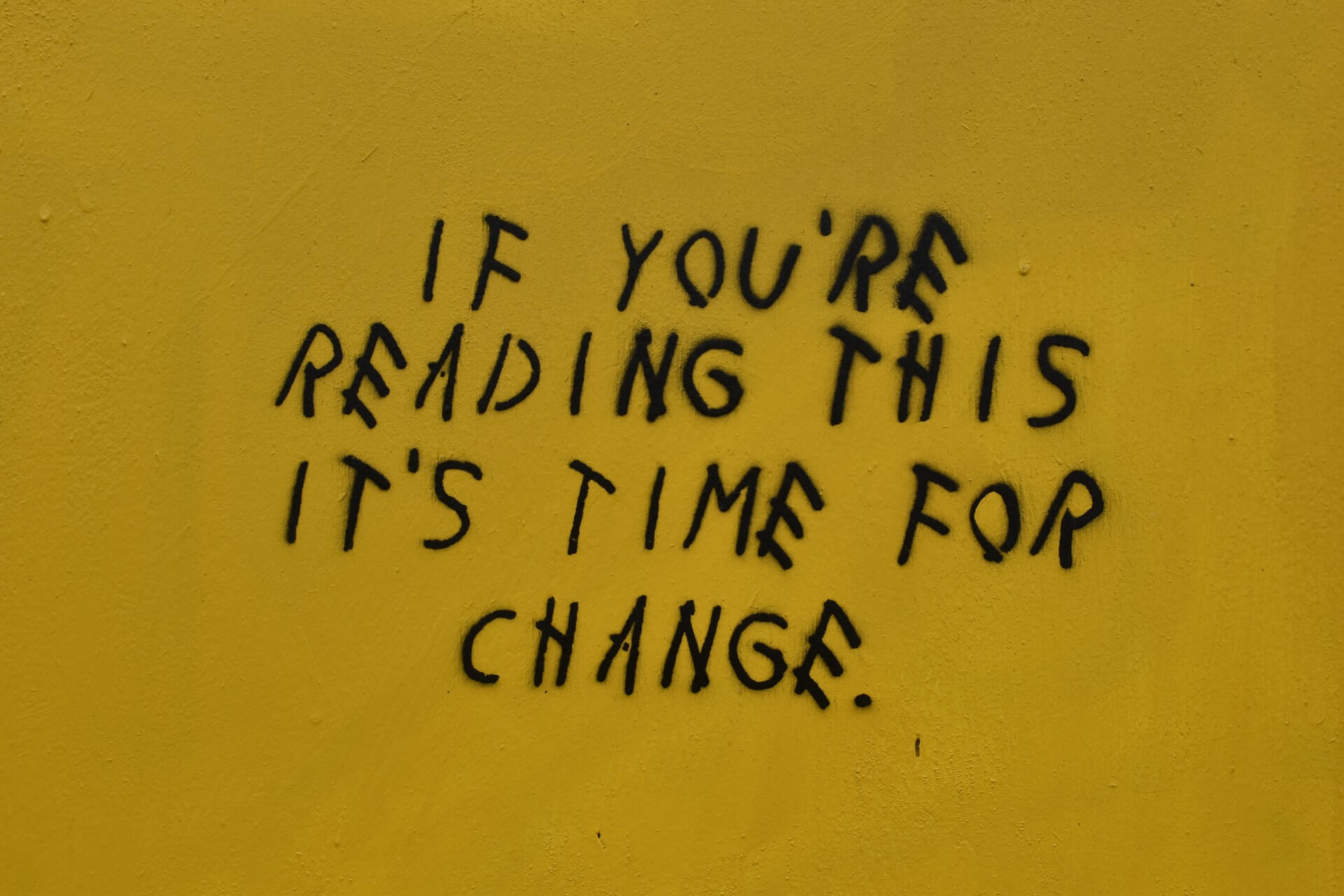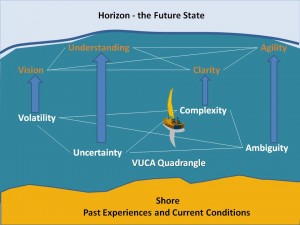Leading and Working in Complex Human Systems
“The World is a Stage…”
by Steven Ober, March 3, 2011
In this post, we will continue our “Dance with the Butterfly”—our examination of human systems, how they behave, how we experience them, and how we can lead and work in them most effectively.
Our direct experience of systems is via the face-to- face world.
We see an interaction, attend a meeting, engage in a debate or conversation, go to lunch with a colleague, attend a family dinner, go to a community meeting, talk with someone about their economic situation, listen to a close friend tell us how they are feeling. We live our lives in the face-to-face world.
There is more going on than meets the eye.
While we may sometimes think of these experiences as isolated events, or even as a stream of interconnected, observable happenings, they are actually much more. Complex human systems are holographic. Any given interaction in the face-to-face world is a holographic intersection of elements from the face-to face-world, the larger social world, and the internal individual world. Understanding and experiencing this characteristic of systems is like learning to see a system in rich, colorful 3-D as opposed to seeing it as stick figures. When we can see systems in this way, we have a much more profound understanding of what is happening, and we become able to lead and work in more powerful ways. We learn to lead and work systemically rather than linearly, to see root causes, to identify leverage points, and to have greater, more lasting impact.
No element is an Island.
Another way of describing this phenomenon is: No element of a system is an island unto itself. All the elements—from the larger social environment, to our face-to-face interactions, to our inner thoughts, feelings, and stories, are intricately interconnected in ways that are much more thoroughgoing than we usually stop to realize.
What John Muir said about the natural world is also true of human systems. “ If we try to break off and examine a little piece of nature (or here, of a system), we eventually find that it is connected to the whole universe.” Seeing and experiencing those interconnections, and acting with that knowledge, is what systemic leadership is all about.
The face-to-face world is a stage.
Therefore, what happens in face-to-face word is a mirror, a reflection of the whole system at play in any given moment. It is an integral part of a larger whole. The larger social and deeper individual forces manifest themselves in the face-to-face world, where we see their impacts. For example, we cannot see a thought or a feeling. But we can experience the influence of a thought in what a person says (Hopefully what we say is influenced by our thoughts!) and we can see evidence of angry feelings in a reddened face and loud talking.
Experiencing systems is analogous to watching a play. When we see the interactions of the players, and hear their conversations, we relate to play on one level. If we have information about the larger social, organizational, cultural and/or historical context, we have a much broader understanding of the story. If we have information about what is going on in the hearts and minds of the players, then we understand the play on a much deeper level. The Face to face world is a stage on which systemic drama plays out
Leading effectively in complex systems
Leading in complex systems is about honing our experience of the face to face world, understanding that experience in a broader and deeper context, and then acting intentionally from that space. The more we know about each level, and how they are interacting, the more deeply we understand what is going on in that system and the more effective we can be in leading, working within it, and changing it. A systemic perspective enables leaders to work on the system rather than being trapped in it.
What leaders can do
In important interactions:
- Notice what is happening in the room.
- Ask yourself what forces from the organization and its environment may be influencing what is happening.
- Think, and inquire about what mental models, feelings, or deeper stories are influencing people’s behavior in the room.
- Ask, what are the highest leverage things I can do to help the system move forward?
- Lead from that perspective.
If you want to explore leading and working in humans systems further, feel free to contact me.
Meanwhile, good journey…
Steven P. Ober EdD
President: Chrysalis Executive Coaching & Consulting
Partner: Systems Perspectives, LLC
Office: PO Box 278, Oakham, MA 01068
Home: 278 Crocker Nye Rd., Oakham, MA 01068
O: 508.882.1025 M: 978.590.4219
Email: [email protected]
www.ChrysalisCoaching.org
Steve is a senior executive coach and consultant. He has developed and successfully uses a powerful approach to leadership coaching, Creating your Leadership Story, which enables leaders to make deep, lasting improvements in their leadership effectiveness in short periods of time. He and a group of partners have created a breakthrough educational program, Coaching from a Systems Perspective, in which you can significantly enhance your abilities as a systemic leadership coach. See http://SystemsPerspectivesLLC.com


